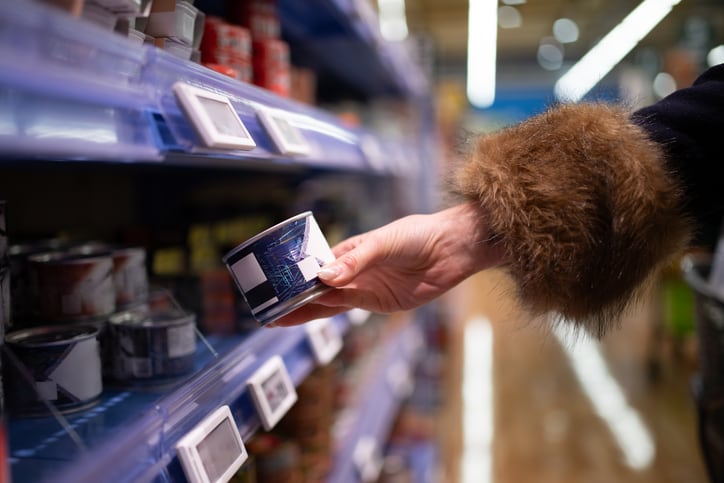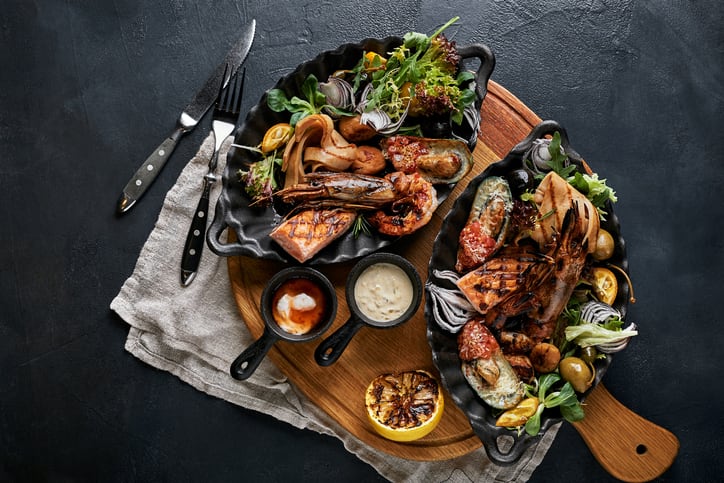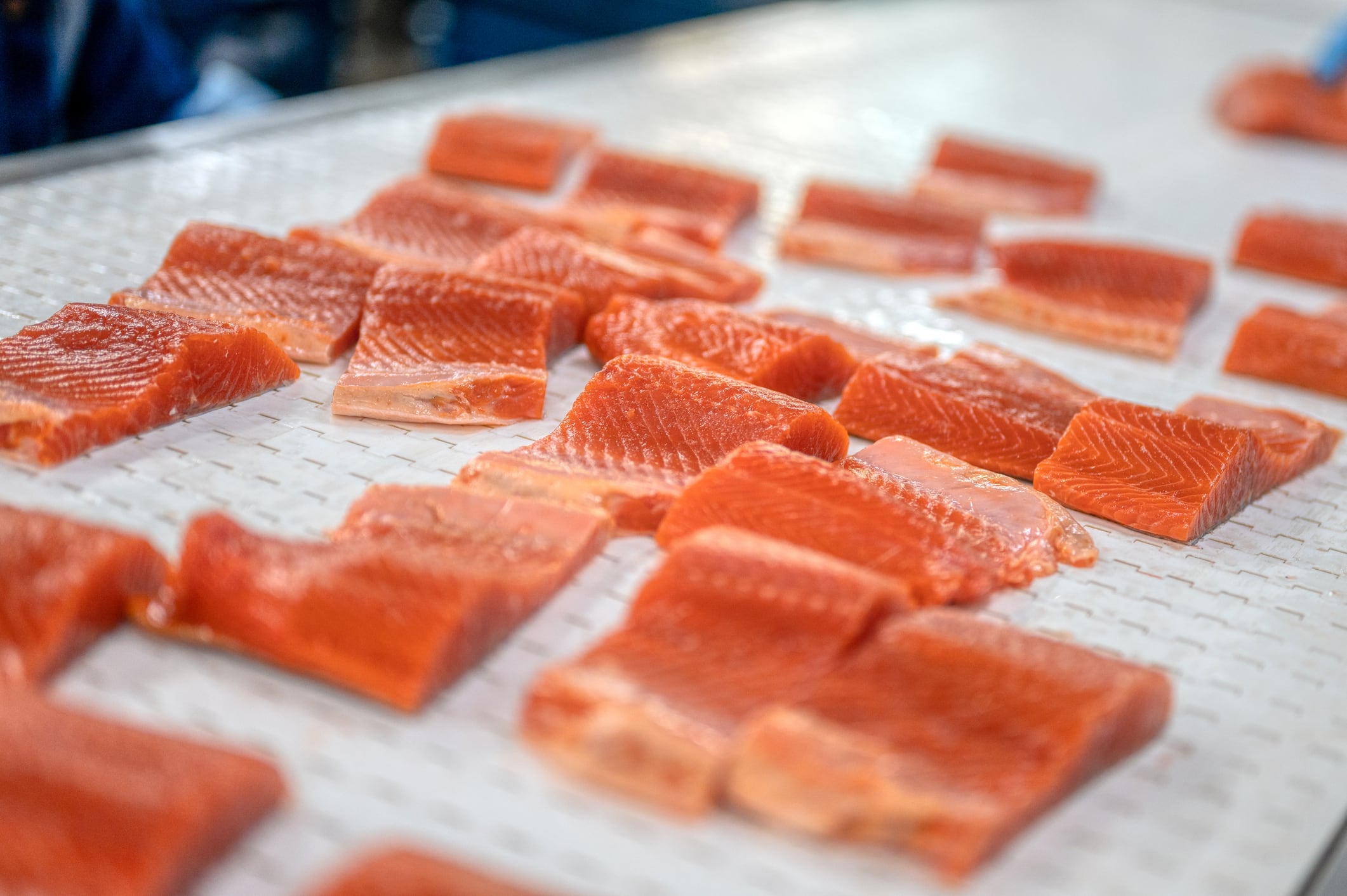In the volatile seafood industry, tinned fish brand Safe Catch turned to retail data platform Crisp for supply chain insights to recover $1M+ in revenue by managing stockouts and fluctuations in supply compounded by climate change, harvest schedules and overfishing.
Most of Safe Catch’s fish is wild-caught and is a favorite among food editors for taste and sustainability factors. The brand differentiates itself by testing every fish for mercury. Safe Catch Founder Sean Wittenberg was motivated to increase tuna safety when his mother developed mercury poisoning from daily tuna consumption.
With cans brandishing multiple seals of approval, the brand’s catches are highly traceable. Skipjack tuna from the Western Central Pacific Ocean makes up Safe Catch Elite tuna. Yellowfin tuna from the same area is used for its Wild Ahi tuna. Its Wild Mackerel comes from the North-East Atlantic off the coast of Scotland. Meanwhile, the trout comes from an ASC-Certified fishery in Turkey.
Supply chain visibility reduces stockouts and lost sales
Just under 65% of fishery stocks exist within biologically sustainable levels as of 2019, per the Food and Agriculture Organization of the United Nations. That is compared to 90% in 1974.
Overfishing is one of the leading causes of ocean wildlife population decline, per the World Wildlife Fund, and often leads to catching unwanted species that affects the ecosystem. Meanwhile, climate change has adversely shifted ocean currents and warmed waters, thus changing fish stock distribution, according to the Marine Stewardship Council. The Monterey Aquarium Seafood Watch website offers an easy-to-understand guide on overfishing, its impacts and how to avoid it.
Because of fishing stock fluctuations, Safe Catch, known for its canned tuna and salmon and appearance on the popular Shark Tank, was experiencing stock-outs and lost sales. Hence the need for studying the numbers – and in came Crisp, which uses AI to leverage inventory/supply chain and retail/sales data to facilitate revenue growth and supply chain management.
How can Crisp help brands recover otherwise lost revenue?
Founded in 2016, Crisp went on a mission to reduce food waste and now has more than 7,000 clients. Other standout client success stories include substantial revenue growth at JM Smucker, Chosen Foods and Brew Dr. Kombucha.
“There’s strong demand for Safe Catch’s products: premium, healthy wild fish, certified to have the lowest mercury levels on the market,” says Barry Bradley, head of supply chain at Crisp. “However, sales remained inconsistent because the brand struggled to keep core offerings on shelf, which also made it difficult to build a loyal customer base and strong brand presence.”
With Crisp, Safe Catch has seen double-digits growth at major retailers within UNFI, including The Fresh Market (+32%) and Wegmans (+26%).
Safe Catch is also using Crisp to track its move into new categories, such as pet food. Its selling point? “Human-grade fish” for furry friends. Pure Cravings is the only 100% mercury-tested cat food on the market.
“Crisp provides the visibility Safe Catch needs to grow strategically across their core seafood products, as well as new verticals aligned with their values,” says Bradley.
The company recently acquired Cantactix for category management data in the retail space.




